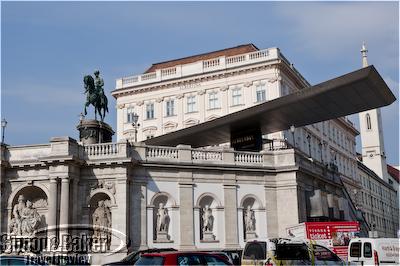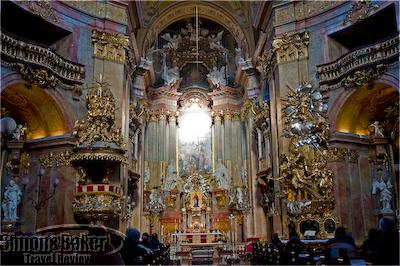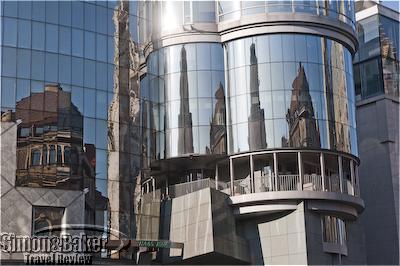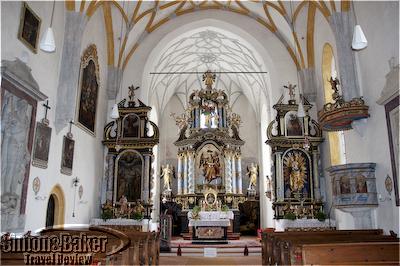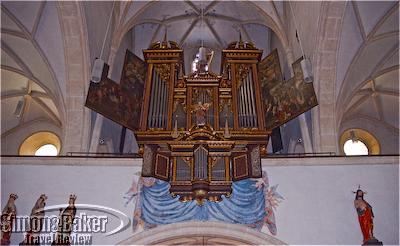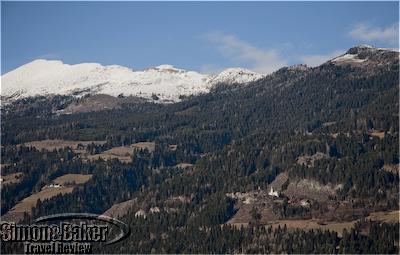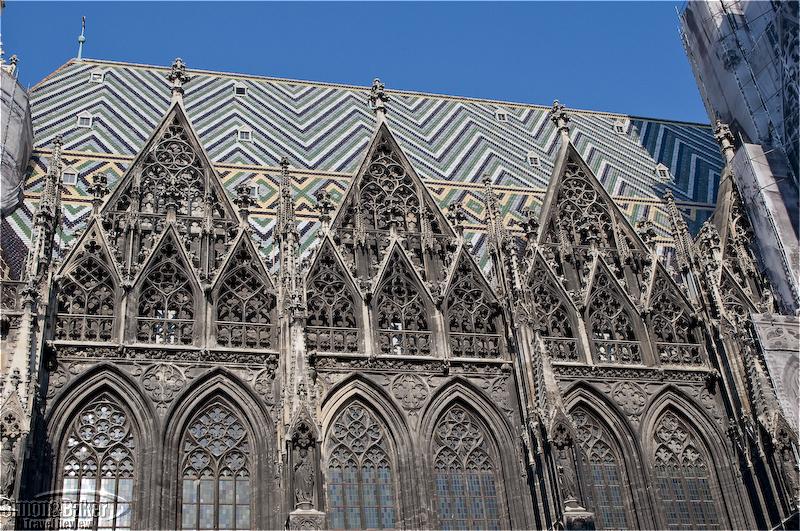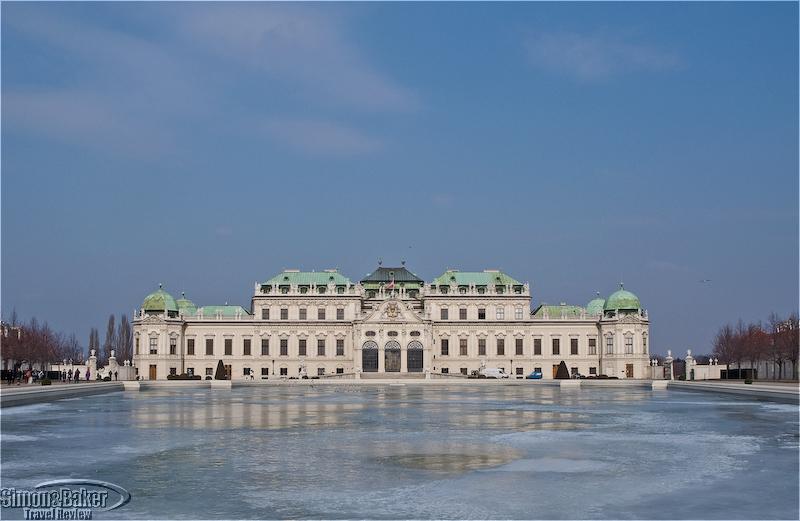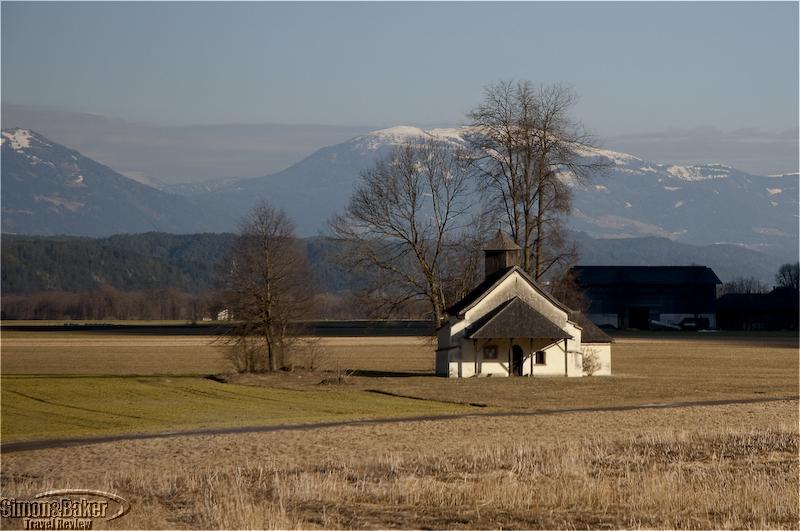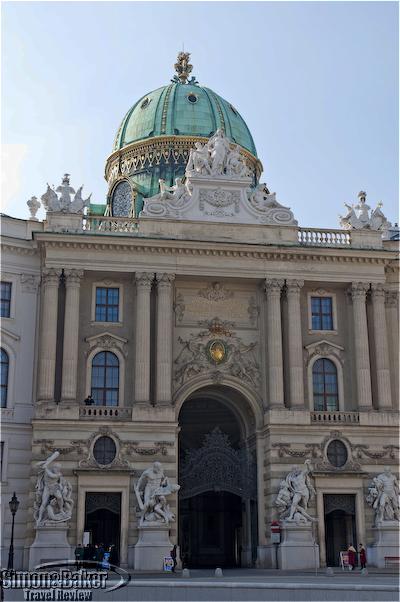
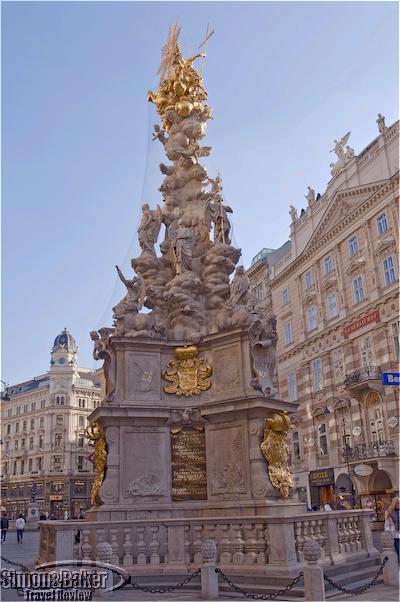
With the Alps covering over three quarters of the country, Austria has long been a favorite with tourists who value its unspoiled natural beauty. Winter sports enthusiasts appreciate its abundant snow and quaint ski resorts that have retained the cozy, family-friendly atmosphere of the farming villages they once were. Meanwhile in the summer, these same slopes become an idyllic setting for hiking, mountain climbing and cycling, while the clear mountain streams and lakes invite all manners of water sports.
Whether for culture or nature tourism, winter or summer, Austria is a popular holiday destination in Europe, and one that I always find a new reason to revisit.
Currency Euro
Electrical Current 220 Volts. Wall receptacles accommodated the Type C two round prongs plugs commonly used in most parts of Western Europe.
How To Get There There were regular flights to Vienna International Airport from most major European cities. Austria could also be easily reached by car or train from many parts of Western and Central Europe.
Location In Central Europe, bordered by Germany and the Czech Republic to the north, Slovakia and Hungary to the east, Slovenia and Italy to the south and Switzerland and Liechtenstein to the west.
Measures Metric system
Technology High-speed Internet connectivity and mobile phone reception were widely available wherever I went.
Time GMT/UTC plus one hour
Transportation Austria had a good highway and road network and an equally well-developed national railroad system with reliable and comfortable intercity trains. I chose the latter for travel within the country as a relaxing and cost-effective alternative car rental. One frustrating detail when planning my visit was the user-unfriendliness of the Austrian Railways website. While it provided a detailed and accurate schedule, its on-line booking feature appeared defective. I spent countless hours in the weeks preceding my visit in an unsuccessful attempt to purchase my tickets on-line. I finally gave up and used the services of a travel agency upon arrival in Vienna, where the transaction was easily completed in a matter of minutes. Within Vienna, the city center was easily walkable. There was a good public transportation network of trams and subways within the urban area. Both were dependable and clean. Metered taxis were readily available and reasonably priced.
Music Vienna is arguably the classical music capital of the world. Not only did many of the great European composers live there, but also it is to this day home to four opera houses and a number of famed concert halls. The program for these prestigious venues is always well documented and advertized throughout the music world. One drawback is that they are immensely popular with Viennese as well as tourists, so that it is imperative to plan well ahead in order to secure tickets for these great performances. As an impulse traveler and concertgoer, I am often disappointed when I try to secure last-minute seats. However, in Vienna, great music is not limited to prestigious venues. Almost every day of the week, smaller neighborhood halls and churches offered quality performances that could be enjoyed on short notice. A favorite of mine was the free organ concert that takes place at the Saint Stephen’s Cathedral several afternoons a week at 3 p.m. All I had to do was wander in, sit down and enjoy whatever flowed from the superb instrument, while gazing at the light streaming through the high stained glass windows.
Salzburg Clear across the country to the west, tucked in a deep alpine valley bisected by the Salzach River, the picturesque baroque center of Salzburg is considered one of the best-preserved in central Europe. It was listed as a UNESCO World Heritage Site in 1997. However, architectural attractions notwithstanding, Salzburg owes most of its 20 th century celebrity to the performing arts. It is home to the internationally acclaimed Salzburg Festival of music and drama held each summer for five weeks starting in late July. Additionally the Salzburg Easter Festival, started in 1967 by the great Austrian conductor Herbert von Karajan attracts opera lovers to the city from the Palm Sunday weekend until Easter Monday.
Vienna For first-time visitors the “guide-book musts” are many and well documented. In the heart of the city, the Hofburg Palace, principal imperial winter residence of past emperors, grew over the centuries to the size of a city neighborhood. Today in addition to being the residence of Austria’s president, it houses a number of museums including the imperial apartments and the Schatzkammer (treasury) with the treasures and jewels of the Hapsburg Dynasty. At the edge of the grounds, the Spanish Riding School offered daily performances. Additionally, the training sessions (with music) of the world famous white Lipizzaner horses were open to the public.
The Leopold Museum holds a treasure trove of Austrian Modernist masterpieces, including the world’s largest collection of the works of the great figurative painter of the early 20 th century Egon Schiele. Although he died at the age of 29 in 1918, he left an incredible body of work, of which 330 oil canvases and over 2,500 drawings are part of the Leopold’s collection. In addition to his major works on permanent display, a number of paintings by Gustav Klimt, Oskar Kokoschka and others are found there, as well as an extensive collection of Art Nouveau jewelry and crafts.
Another favorite of mine is the Belvedere, a 20-minute walk south of the Ring. Built in the early 18 th century as the summer residence of Prince Eugene of Savoy, the complex consists of two baroque palaces, the Orangery and the stables. Its gently graded grounds with tiered fountains and cascades are reminiscent of France’s Palais de Versailles. Now a museum complex, it houses a collection of Austrian art from the Middle Ages to the present. However its main attraction is the world’s largest collection of works by Gustav Klimt (including the world-famous golden The Kiss and Judith I ) in the Upper Belvedere . At the far end of the gardens, the Lower Belvedere hosts an extensive compilation of medieval and baroque art, and various temporary exhibits.
Reviewers Article and photos by Josette King
Would You Visit Again? Yes
